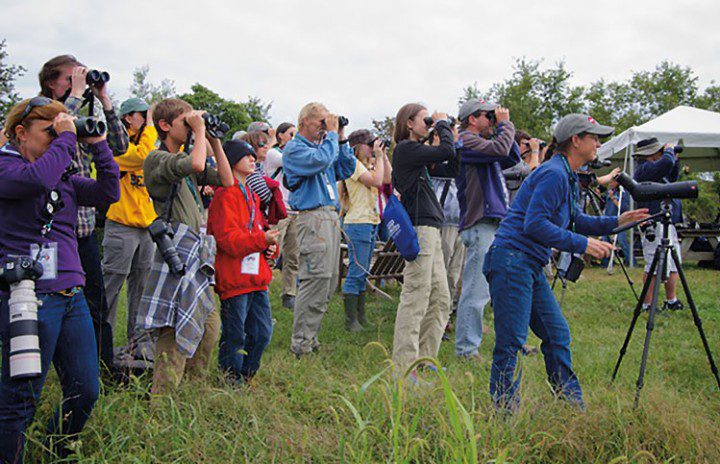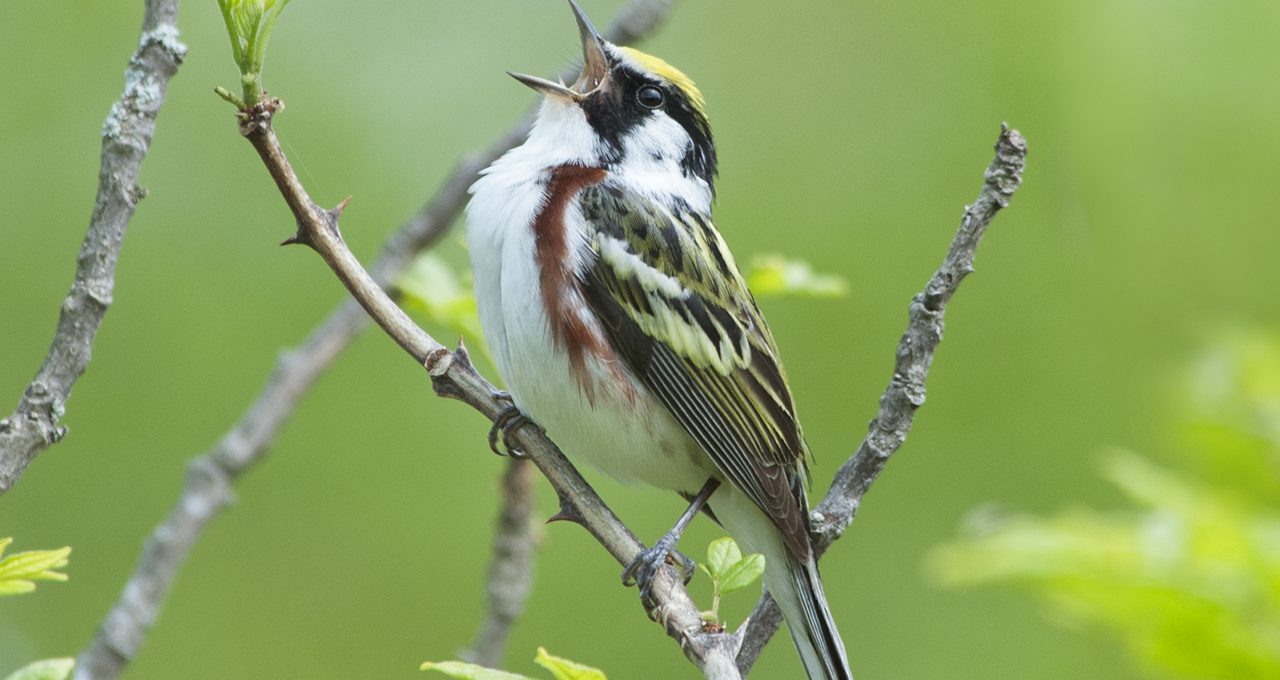Building on Success
Let’s Make More Success Stories for Birds
A model that works

The North American wetlands and waterfowl conservation effort capitalized on synergies between continental policy and funding (North American Wetlands Conservation Act), coordinated science across species’ ranges (North American Waterfowl Management Plan), and the delivery of habitat conservation on the ground by local groups (regional conservation partnerships called Joint Ventures). Nonprofit conservation groups played a pivotal role in this model by harnessing the energy of a crowd of enthusiasts, funneling their philanthropy and their constituent voices toward directed policy objectives, and fueling conservation mechanisms through matching funds. The success of this habitat conservation model has helped support consistently rising populations of waterfowl.
A need for conservation attention
Population trends for shorebirds, seabirds, and many landbirds are going in the opposite direction from waterfowl. Like ducks, other birds have a clear need for comprehensive conservation efforts. The coordinated science across species’ ranges has been developed (e.g., the Partners in Flight ‘Saving our Shared Birds’ plan) and some funding mechanisms (e.g., the Neotropical Migratory Bird Conservation Act) are in place. The challenge now is to harness the energy of the tens of millions of people who love birds. We can empower them to grow their contributions and constituent voices for bird conservation.

Renew our commitment for all birds
On the centennial of the Canada/U.S. Migratory Bird Treaty and the 80th anniversary of the Mexico/U.S. bird treaty, the governments and citizens of our three countries must develop a vision for migratory bird conservation in this century. We must commit to expanding the model for effective trinational conservation to benefit all birds. Our success depends upon generating the resources needed to craft policies based on sound science and to implement effective on-the-ground conservation actions. The results will benefit not only birds, but also the ecosystems upon which other wildlife and we ourselves depend.
